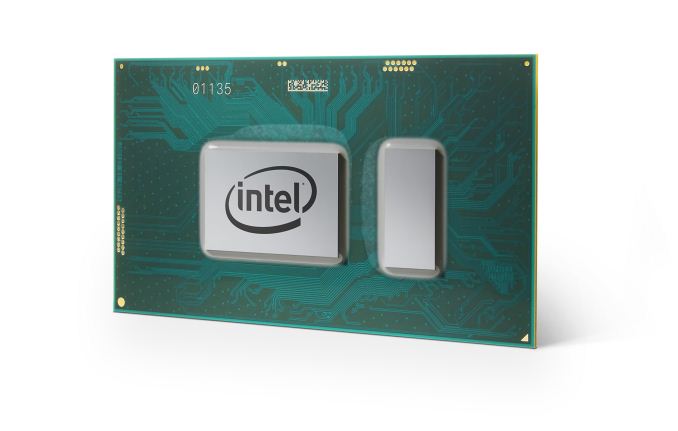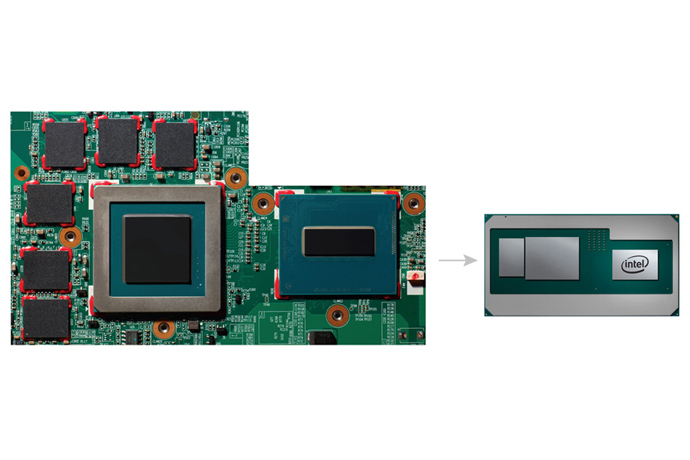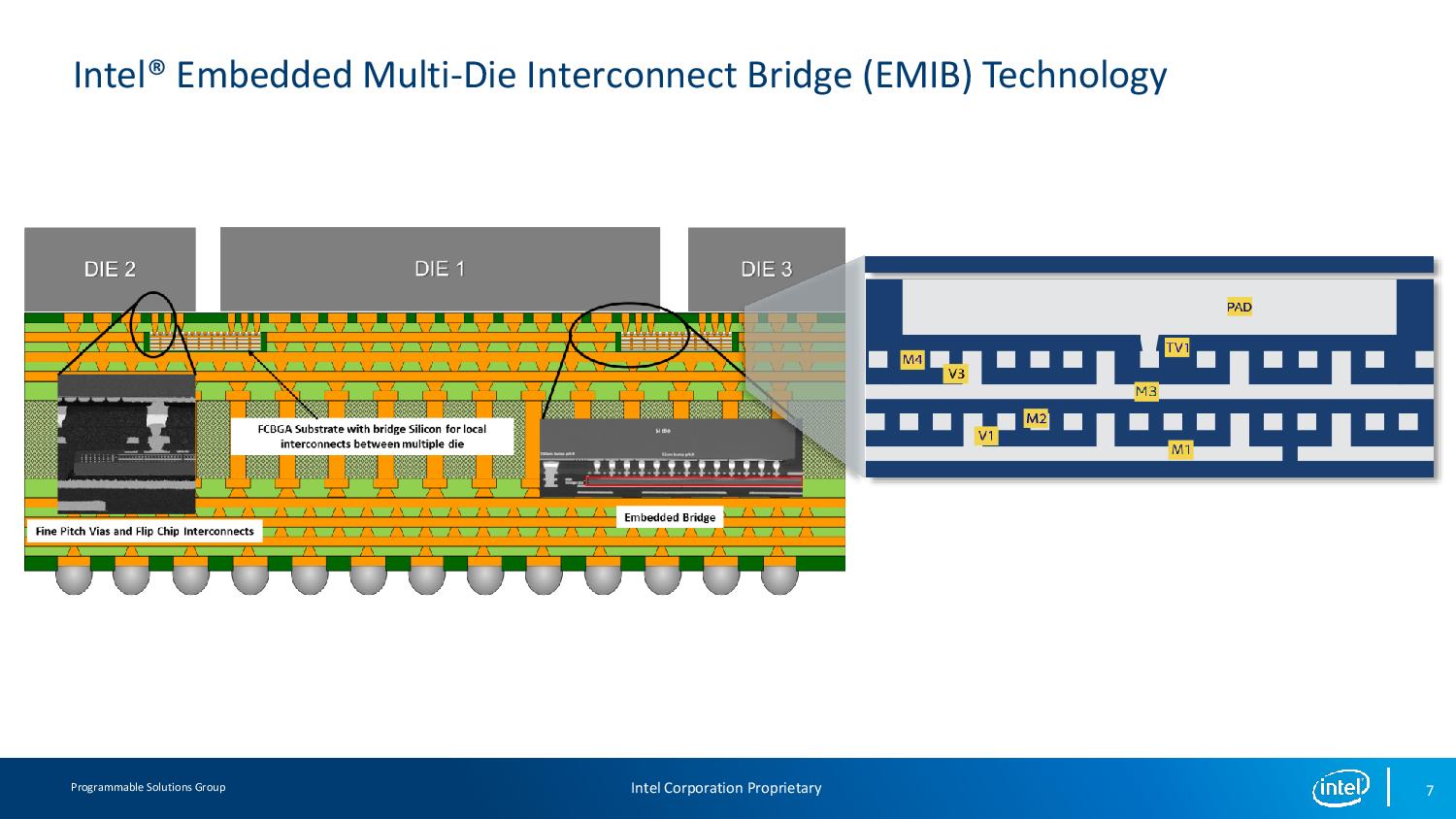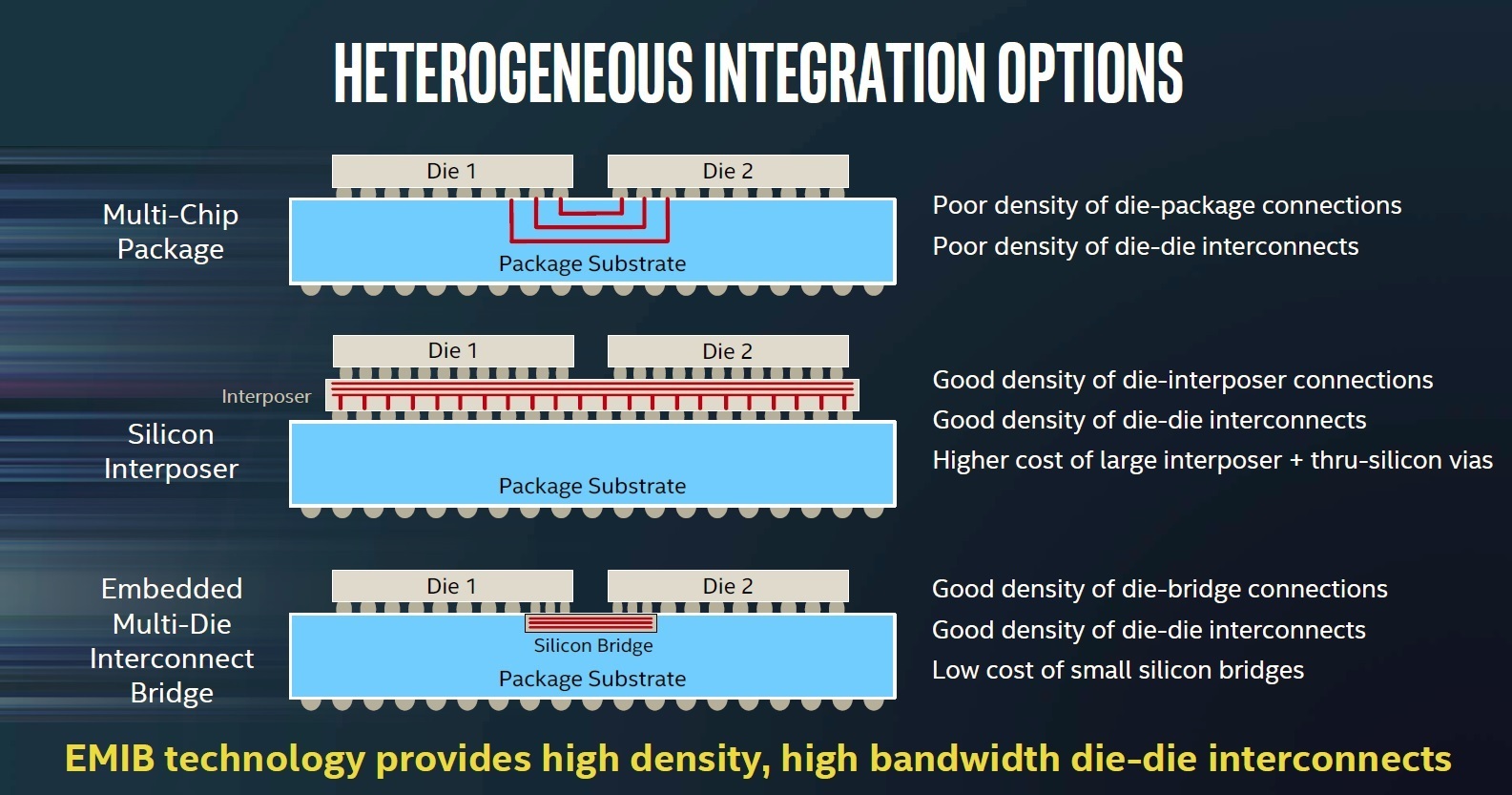Intel released yesterday official announcement, which surprised a significant part of the public. As it turned out, Intel will join forces with its competitor in the form of AMD, and in the course of the next year they will come up with a new processor that will contain a solution from AMD instead of their graphics part. There was speculation about a similar collaboration for about a year, but no one paid enough attention to it. As it turned out yesterday, the previous speculations were based on truth.
It could be interest you

Let's take a look at everything in order before we start looking at what this connection will bring in practice. As part of the new 8th generation Intel Core mobile processors (namely the H series), Intel will offer a powerful graphics solution supplied by AMD. You can see a visualization of this solution in the video below, basically it will be a classic mobile processor that will be connected to a graphics chip from AMD. It will be a chip from the Vega family, which will have an unspecified amount of HBM2 memory.
The main goal of this collaboration is to achieve a solution that offers both a high degree of compactness and top performance. In the case of notebooks, these two properties have so far been directly mutually exclusive, and it will be interesting to see how the resulting product develops. From the point of view of both parties, this is a completely logical step. Due to the development in recent years, it became clear that Intel does not have enough capacity to push its graphics solutions to a level where it can compete with products from AMD and nVidia. Cooperation with one of them was thus offered.
In the case of AMD, this is, in my opinion, a dream move. Thanks to the collaboration with Intel, their graphics chips will reach a number of devices that they never dreamed of. At the moment, it is Intel whose graphics accelerators completely dominate the computer market, for the reason that they are part of the vast majority of their modern processors. With this step, AMD will achieve a significant expansion of its market share, at the expense of its biggest rival - nVidia.

Intel should offer the first pre-production pieces to partners after the beginning of next year. The final availability will therefore be roughly sometime around the summer. This means that we can almost certainly guess that this conglomerate of chips will appear in the new MacBooks. Most likely, it is also Apple who forced Intel to make this decision, or at least helped it. Given the speculation that Apple could switch to ARM processors of its own production in the future, it seems likely that Intel is trying to come up with something that will free Apple from this idea.

If you want a really thin and compact laptop, you only have to make do with a processor or with its integrated graphics. Although the processor part of the chips from Intel is decent and offers enough performance in most cases, it is not quite the same in the case of the graphics part. And if you require strong graphics performance in the case of laptops, you need to get a model with dedicated graphics. However, this will be reflected in the need for powerful cooling, which will logically be reflected in the size of the entire chassis and so on.

The new chips should have enough performance. In the field of processors, Intel is a proven player, and the new GPUs from the AMD workshop have succeeded (at least in terms of architecture). The compactness of the entire solution should also be very decent, if we take into account the real size of the processor chips and the Vega graphics core with HBM 2 memory. The biggest unknown will be the TDP of this solution, or cooling requirements. If they are not drastic and the thermal generation can be controlled, it could be a truly revolutionary solution that will push the performance of notebooks forward again.